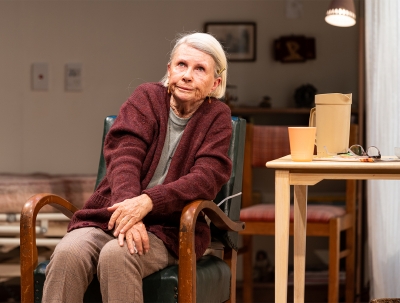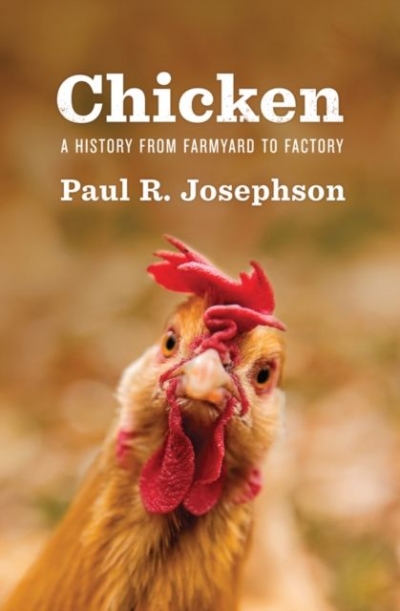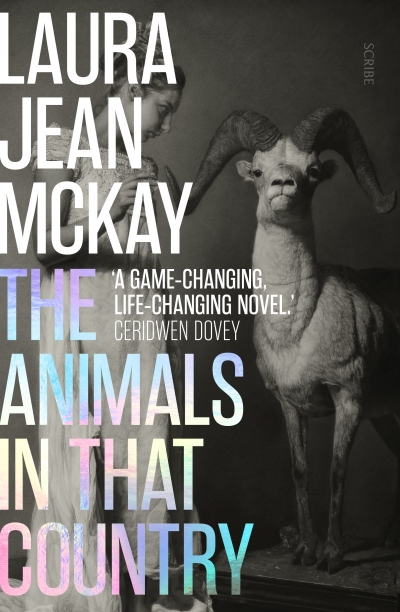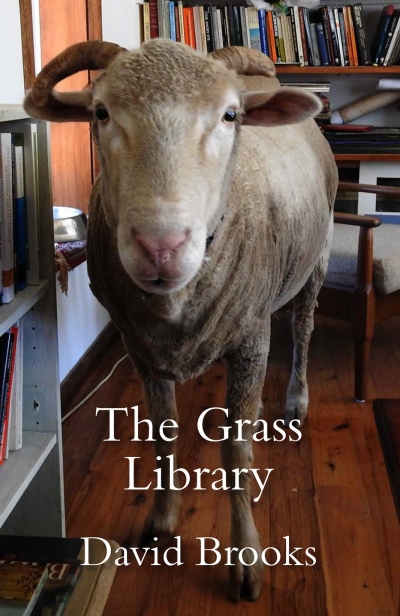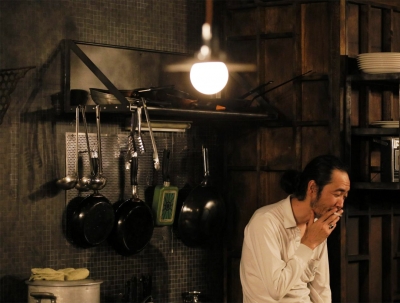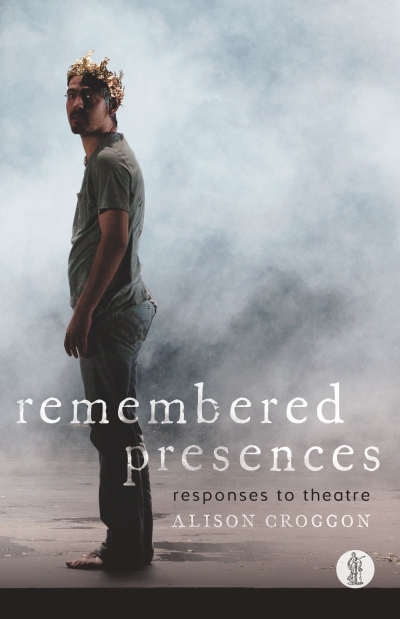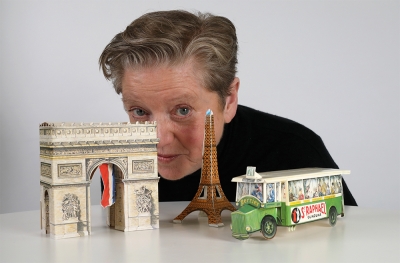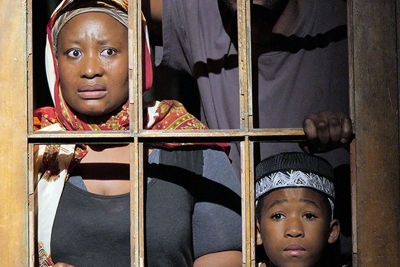Ben Brooker
Who in their right mind would want to be running an international arts festival right now? Two months ago I was slated to review four Adelaide Festival shows for this publication. Due to Covid-19 travel restrictions, two were subsequently cancelled, including Anna Breckon and Nat Randall’s highly anticipated Set Piece. Co-artistic directors Neil Armfield and Rachel Healy must have been harried during the lead-up to the opening weekend, as national borders continued to snap open and shut like the jaws of a capricious crocodile.
... (read more)Chicken: A history from farmyard to factory by Paul R. Josephson
At a time of increasingly bellicose nationalism and ever-proliferating flashpoints of contested history, it’s no surprise to find multiple works at this year’s OzAsia Festival exploring, and in some cases provoking, these global fault-lines. Light (★★☆), a collaboration between writer Thomas Henning of Melbourne’s Black Lung Theatre and Malaysian producer–designer collective TerryandTheCuz, takes as its point of departure the lives of Francis Light and his son William, the first surveyor-general of South Australia. The history books tell us that in 1786 Francis laid claim to the island of Penang on the north-west coast of Peninsular Malaysia, and that, fifty years later, William set out his plan for the city of Adelaide: a grid of wide streets and large public squares ringed by parklands. Less than three years later, William was dead from tuberculosis, the bulk of his papers and possessions having been destroyed in a fire at his North Terrace office.
... (read more)To celebrate the year’s memorable plays, films, television, music, operas, dance, and exhibitions, we invited a number of arts professionals and critics to nominate their favourites.
... (read more)There are few really good plays or films about writers. Our craft, unlike those of painters or musicians, does not seem to lend itself to the visual or aural mediums. There is nothing to look at, and much less to hear. And yet the plays and films continue to be made. Writers, and writing we suppose, are important, even if we have little idea how to ...
... (read more)For the uninitiated, a maquette is an architectural miniature of a monument or building. Small, made from cardboard or wood, and often able to be flat-packed, travellers have long collected them as souvenirs of adventures to faraway places. Robyn Archer, doyenne of Australian cabaret ...
... (read more)The Cape Town-based Isango Ensemble is known for its South African-flavoured reimaginings of works from the Western canon. While Adelaide Festival audiences thrill to Barrie Kosky’s Magic Flute, others may recall the Ensemble’s version, its setting translocated to a South African township, from the 2011 Melbourne Festival ...
... (read more)
